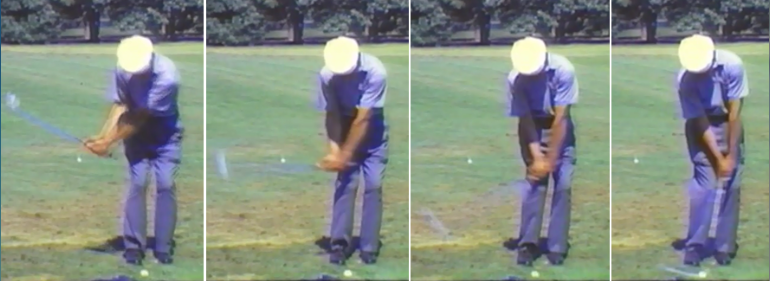That picture on page 19 has been interesting to me for a spell, and not too long ago I made some real time connection to it as it pertains to electrical circuits. Although the word used in the book is “power”, it can clearly be seen as an electrical charge when viewing the lightning bolt representing the shaft.
We were about to change the battery in one of our tractors in a few days and the mechanic told me to place the battery in the garage, but not on the cement floor. He requested the battery be placed on a board on top of the cement. No problem.
Days later I asked him why the need for a board. He said because the ground will pull the positive charge from the battery. “What?” I asked. He said the ground is negative and the battery is positive and the positive will always go to the negative, thus draining the battery if not place upon a board.
Hit me like a ton of bricks it did. The secret in the dirt is that dirt is negative ground just like a lightning rod directs energy into the ground, because positive energy always seeks ground. Or, just like any power circuit needs to be grounded to be complete.
The mechanic and me talked for quite a while about what he said and I was amazed at the amount of direct similarities between circuits, ground use, the picture on page 19, and good ball striking motion.
Here are just a couple. The power source always seeks ground, so even though it may be going away from ground momentarily it finds the path of least resistance so it can be close to ground ( short arm and hand travel ). This one I like a lot. The longer the ground, the less power. The legs are the ground connection and once power is stored in the upper assemblies, while still seeking ground, the ground circuit needs to be shorter for efficient power flow (increasing knee flex ). If the legs straighten up the ground connection is longer and thus gives less power. In other words, a ground connection of a few inches is far more powerful, given the same amount of energy, than a ground connection of 50 feet.
Some other ones too, that I have packed away in the Rat nest, but some strong connections being made in Ratville.
The picture on the left is missing the ground. We are the positive up top, our legs are the negative lead connection to ground and the ground must be used for proper transfer of power, by making the negative lead shorter. The goat humpers have lost some ground connection.
The best part for me was, simply seeing things in a new way cleared up some things which changed all at once based on an idea and concept……and……my right foot slipped just like Hogan’s. ![]()



